By Don Hill, AA5AU
- Chasing the Chase – Home
- Part 1 – January, February, March ←
- Part 2 – April, May, June
- Part 3 – July, August, September
- Part 4 – October, November, December
The ARRL International Grid Chase (IGC) commenced on January 1, 2018. From the ARRL website “The objective of the ARRL International Grid Chase is simple: Work stations in as many grid squares as possible and upload your log data to ARRL’s Logbook of The World (LoTW)”.
January 2018
I don’t remember when I first heard about the International Grid Chase, but I do remember it sounded like fun. After making more than 1600 contacts in the ARRL RTTY Roundup during the first weekend in January, I found myself high on the leader board. I then started using the JTAlert grid chase option when operating FT8. This allowed me to be alerted to new grids each month. A week after the RTTY Roundup, I made 206 contacts in the NAQP CW in a limited effort. On January 20th, I decided to operate NAQP PHONE to add more points but my main 3-element SteppIR yagi went silent while changing bands after only 89 contacts. The next day I brought down the driven element off the tower and discovered a broken spool shaft in the EHU (element housing unit). It’s the second time a shaft had broken on this antenna. Luckily I had a 2-element SteppIR yagi, which I mainly used as a second high-band antenna during contests, so I wasn’t completely off the high bands.
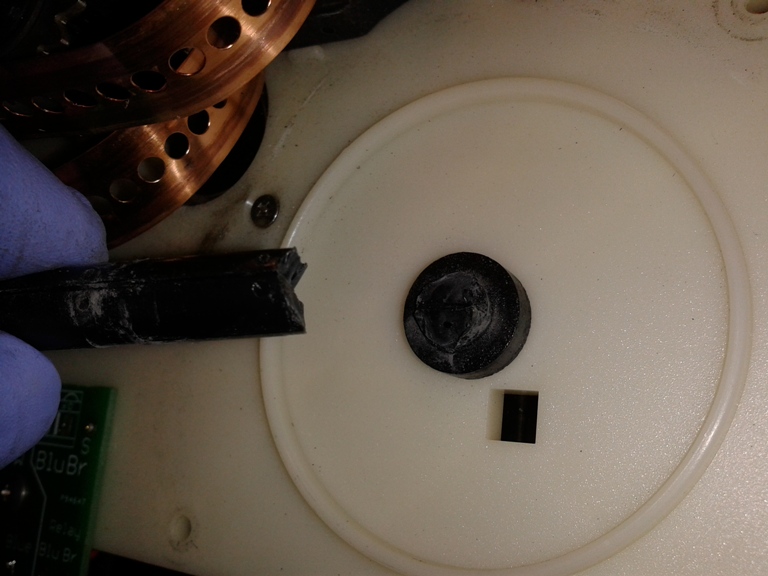
SteppIR was quick in getting me the replacement parts. I rebuilt the EHU on Thursday, January 25. The next Saturday, I re-installed the EHU back onto the antenna and it was back on the air but the damage was done. I had lost valuable points. That night, I jumped into the CQ 160 meter CW contest and made 432 contacts in an all-night effort. I don’t remember the last time I stayed up all night but it was a lot of fun. The band was quiet and I remember being able to pull out all those weak signals.
At the end of January, I was in 46rd place in the Chase despite operating only one full-time contest and suffering a broken antenna. I decided to set a goal to try and get into the top 25.
February 2018
I started February by making 68 contacts in the XE RTTY Contest but most of the new grids early on were coming from FT8 after work during the work week. My strategy was to work FT8 mostly on the WARC bands and 160 meters when I could. Digital contacts on the other bands would come from RTTY contests. 30 meters was a hot bed of new grid activity in the evenings. When 30 wasn’t busy, I spent time on 40 and 80 meter FT8 in the evenings and before work in the mornings.
The biggest contributions to my grid point total in February came from participation in the CQ WPX RTTY Contest (1400 QSOs), ARRL DX CW Contest (830 QSOs) and the NAQP RTTY (555 QSOs). I even made a handful of contacts in the CQ 160M PHONE contest, a contest I had never participated in before. There were still many new grids worked on FT8 and by the end of February, I had moved up to 17th place overall. It was a remarkable run and I was starting to get real serious about the Chase. I was spending every available time on the radio and thinking of different strategies to gain more points. Looking at the leader board, I could see overtaking the next couple of operators ahead of me might be possible but most of the operators in the top ten were way too far ahead. So I decided to concentrate on catching the operator just ahead of me and not worry about the others. I started keeping notes of who was ahead of me and who was behind me and by how many points. It’s one thing to catch the person ahead of me but I didn’t want to get caught napping and get passed by the person behind me. Also, there were a couple of DXpedtions that were in the top ten. Eventually the DXpeditions will fall out of the top ten because they will no longer get any points once everyone has uploaded their contacts for these stations.
The biggest issue of the month was losing my 2-element SteppIR yagi. It failed just before NAQP RTTY when, over time, bugs or birds, brought in grassy debris into the open ends of the fiberglass poles. This caused blockages in 3 of the 4 poles. Eventually one of the copper tapes in the driven EHU met the blockage and jumped the sprocket. I had wanted to take the antenna down to paint the fiberglass tubes anyway, so now was my chance. A full refurbishment started on the antenna along with making it 3 elements again.
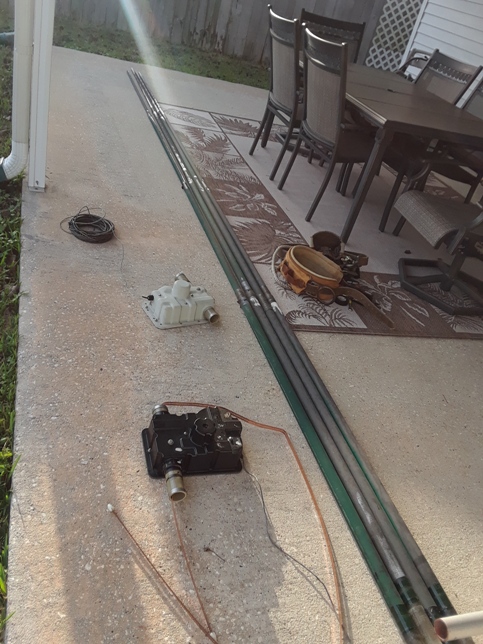
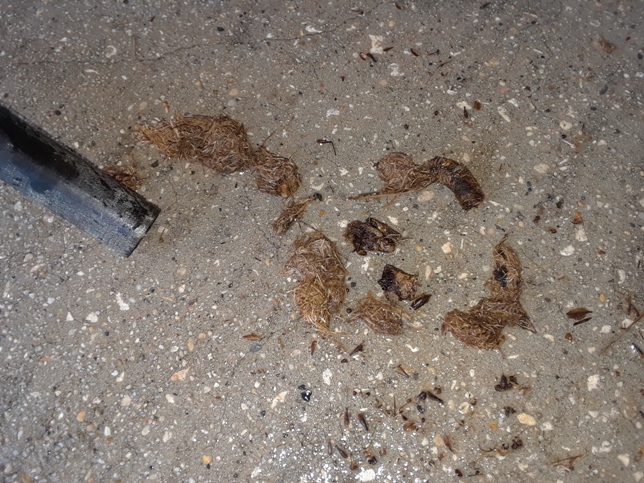
Not having a second HF antenna would hurt during contests but not as badly as it could have. 15 meters had not been very good so far in 2018 and that is where the antenna is used most when operating SO2R in contests.
March 2018
As I started getting more serious and thinking about strategy, I realized I would have to operate in as many contests as possible. Contests are where you make the most points. Since grids are counted once per MODE, this means I needed to operate SSB contests as well as RTTY and CW contests. I have never been a big fan of SSB contesting. Screaming into a microphone has never appealed to me. But I knew I was going to have to operate SSB in order to keep pace.
I remembered an article from the January 2012 issue of CQ magazine, written by Jamie Dupree, NS3T, titled “Who Needs A Microphone For A Phone Contest?“. I kept that issue and dug it out to re-read it for the hundredth time. Jamie wrote about using a program called Audacity to create voice files to use with the contest program WriteLog. WriteLog has the ability to send voice files and allows you to completely operate PHONE contests without a microphone. I had always wanted to try this, but had never gotten around to it. It was the International Grid Chase that finally gave me the motivation to get it done. So I made a set of basic voice files and operated the ARRL DX Phone contest to the tune of over 450 contacts, all S&P (search and pounce) and mostly on 20 meters, with no microphone connected to the radio. It was so much fun and it catapulted me into 15th place in the Chase. At about the same time, I passed the 6O6O DXpedtion as it fell down the leader board.
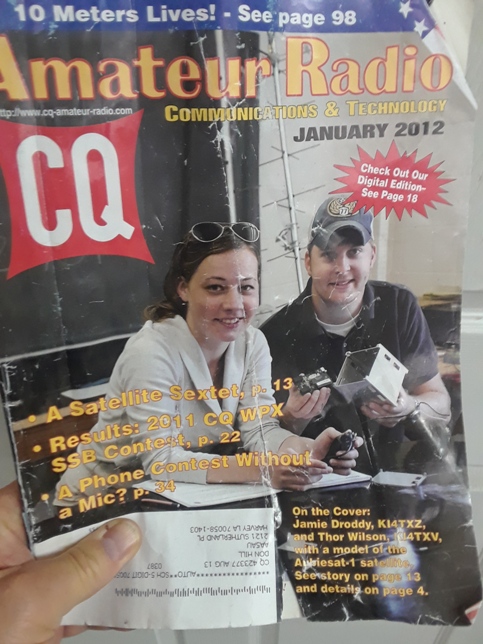
When I operated in both the BARTG and Russian contests the same weekend, I started thinking of the Chase as one big contest. When it got slow in BARTG, I switched to the Russian contest. When that got slow, I jumped to FT8. On FT8, I found many South American stations, mostly from Brazil, on 10, 12 and 15 meters and many of them were LoTW users. And guess what? Brazil is a huge country with LOTS of grids. I was amazed at the number of LoTW users from South America on FT8. As a bonus, I was able to work a few USA stations for new grids on backscatter on those bands as well. When it slowed on FT8, I went back to BARTG, then back to the Russian contest. Despite no major contest that weekend, I was able to move up to two positions to 13th.
After that, I hit a wall. The next week I struggled to find new grids on FT8. I was slowly putting some distance between me and 14th place, but I was no longer gaining on 12th place. Actually, the 12th place operator was pulling away from me. New grids were very hard to come by so I decided to do an all-out effort in the upcoming CQ WPX SSB contest. It would be something new. I set a goal of 1000 contacts, which I had never done in a phone contest before. In order to achieve this goal, I would need to call CQ and spend as much time as possible running and less time S&P. Was I going to be able to do this without a microphone? That week, voice files were created to facilitate running and the 40 and 80 meter inverted vee antennas were trimmed to resonate in the phone portion of the bands. It was really weird folding back my antennas to shorten them. I was saying to myself “I can’t believe I’m doing this” and “It’s OK, I’ll put them back when the contest is over”. It was getting really serious now.
I ended up making 1260 contacts in the WPX contest in about 30 hours. When I checked the leader board after the contest, I had dropped from 13th to 14th place. The TY7C DXpedition had uploaded their logs and now appeared in the top ten. I then decided to make screenshots of the leader board every day to keep track of what was going on. The station in 13th place, that I had been chasing, had gained over a hundred points on me during the weekend before I uploaded my WPX log to LoTW Sunday night.
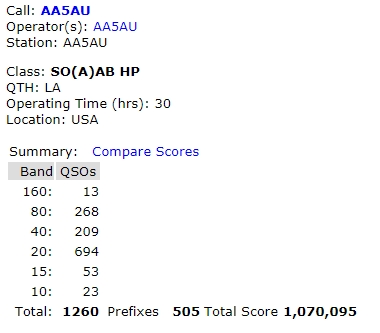
By Thursday after the contest, I had moved all the way up to 11th place but only by a few points over 12th and 13th. Despite the big gain, I was hesitant to make loftier goals. Could I make the top ten? I suppose it could be possible since eventually I should pass TY7C, E31A and ZC4A sometime in late summer or early autumn. Z60A would eventually upload to LoTW. Also, PJ2T was moving up the leader board quickly following WPX and that was certainly one to watch. I decided to go ahead and up my goal to the top ten even though I knew it would be a lot of work to get there and even more work to stay there.
By the end of the month I was in 11th place and only 35 points out of 10th. Progress was slow on converting my 2-element SteppIR back to 3 elements because I was spending so much time on the radio.

Continue on to Quarter #2 here.